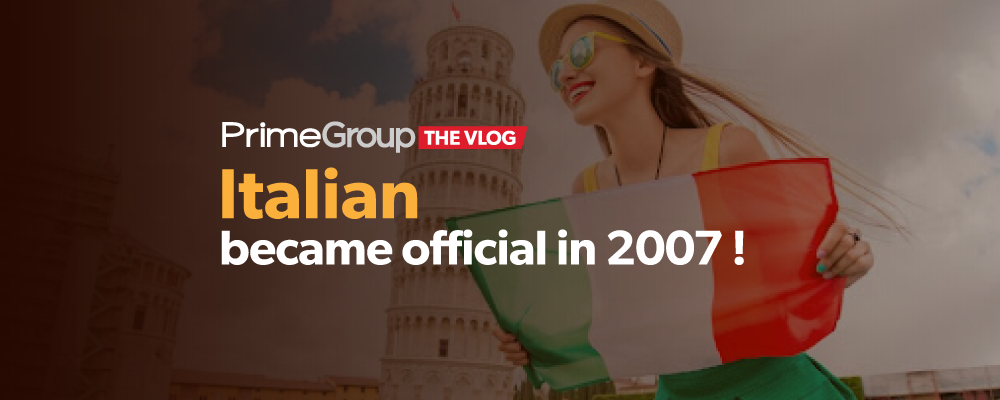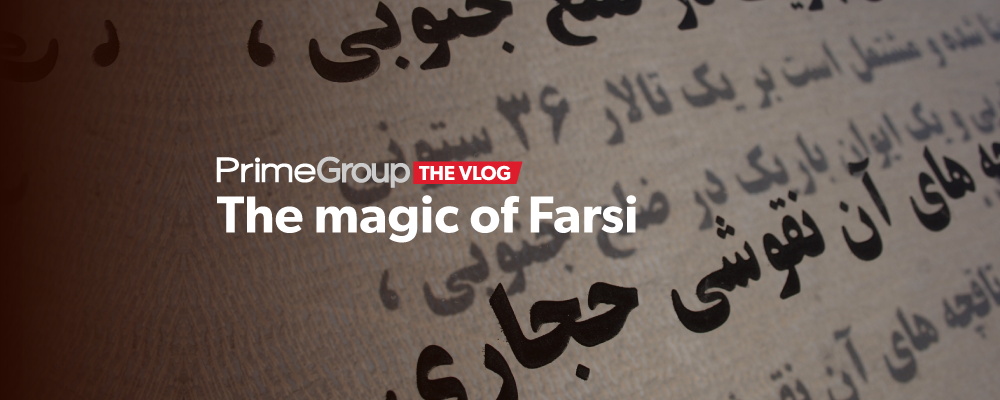Did you know that Italian was declared the official language of Italy as recently as 2007? Surprising, isn’t it? It’s not that Italian wasn’t spoken before, but it hadn’t been officially recognized in the Parliament of Rome as the primary language of the Italian Republic. Stay with me as I share more fascinating facts and take you on a quick journey through the history of this melodious European language.
The history of the Italian language is a captivating journey through the centuries, from its Latin roots to its evolution in modern Italy. It began as a dialect of Latin, the language native to Rome and its surrounding region, which corresponds to the current provinces of Lazio and Tuscany.
During the Roman era, Latin was the lingua franca of the Empire, but common people spoke vernacular languages that mixed with Latin. As the Roman Empire declined between the 3rd and 5th centuries AD, Vulgar Latin began to differ from written Latin, marking the beginning of Romance languages in Western Europe, such as French or Spanish. In Italy, this evolution would later give rise to Italian.
However, linguistic fragmentation occurred in Italy due to the barbarian invasions following the fall of the Roman Empire in 476 AD. The Ostrogothic invaders, though they had learned Latin, spoke it in their own way, and many of their language’s peculiarities influenced local dialects. Germanic-origin words like “graffiare” (to scratch), “guancia” (cheek), “ricco” (rich), “scherzare” (to joke), or “schiena” (back) are still used in modern Italian.
On the other hand, the Arab influence, a result of Muslim presence in Sicily between 827 and 1091, enriched the Italian vocabulary with terms related to trade, science, and navigation, such as “magazzino” (warehouse), “dogana” (customs), “darsena” (dock), “arsenale” (arsenal), “tariffa” (tariff), “ammiraglio” (admiral), “zenit” and “nadir,” as well as words in fields like mathematics, such as “algebra” and “cifra,” and in gastronomy, such as “arancio” (orange), “albicocco” (apricot), and “carciofo” (artichoke).
Medieval Italian began to emerge in the 13th century, with the earliest written documents in local dialects, known as “placiti,” dating back to 960 AD. These documents marked the transition from Latin to Romance in written communication and constituted the birth of the Italian language.
The 13th century was a crucial period as Italian began to be used in literary texts. Notable works include those of Sicilian poets at the court of Frederick II of Swabia, who drew inspiration from French Provencal troubadours and established a Sicilian poetic school in the Sicilian dialect, which quickly spread to Tuscany. This influence marked the beginning of Italian literature in local dialects.
In the 14th century, notable authors such as Dante Alighieri, Francesco Petrarca, and Giovanni Boccaccio wrote in Tuscan Romance, laying the foundations for modern Italian. Dante, with his work “The Divine Comedy,” delved into the depths of language and human imagination. Petrarca penned passionate love sonnets for his beloved Laura, while Boccaccio created “The Decameron,” a collection of tales.
These writers influenced the Italian language and established literary standards that endure today. It’s clear that this literary Italian was the heritage of a small, educated minority, as the common people continued to speak hundreds of languages and dialects.
During the 16th century, Spain had significant dominance in Naples, Sicily, and Sardinia, as well as in some northern regions like Milan. In this period, Spanish was used in administration and at court, and as a result, various Spanish words and expressions were incorporated into Italian, such as guitarra (guitar), guardia (guard), duelo (duel), or barricada (barricade). The honorific title “Don” comes from Spanish.
Until well into the 19th century, the Italian peninsula was indeed a mosaic of independent states and principalities, each with its own language. With the “Risorgimento,” the movement culminating in the unification of Italy in 1861, it became evident that a common, unifying language was needed. Authorities of the time chose the Tuscan dialect as the basis for standard Italian due to its cultural prestige and use in important literary works, as mentioned earlier.
Standardizing Italian wasn’t easy due to significant cultural and linguistic differences between the industrialized North and the agricultural South, between Milan and Naples, or between Palermo and Venice. However, it was gradually achieved in the XX century, in part through rural-to-urban migration and mixed marriages that produced speakers exclusively of Italian. Additionally, public schools and the state-owned television, RAI, played a crucial role in the widespread and rapid dissemination of Italian.
Nevertheless, it wasn’t until 2007 that Italian was ratified as the official language of Italy in Parliament. Before that date, it was recognized but didn’t have that political recognition. Additionally, Italian is an official language in Vatican City, San Marino, and parts of Switzerland. How many people speak Italian? It’s estimated that around 63 million people worldwide speak it, with an additional 3 million as a second language. Don’t forget that there are Italian-origin minorities throughout Europe, the United States, and Argentina.
Returning to Italy, according to a recent study, 44% of Italians speak exclusively standard Italian, while 51% alternate between standard Italian and a dialect, and 5% exclusively use a dialect. In some regions like Veneto in the North, and Naples and Sicily in the South, or in Sardinia, regional dialects are still commonly used and are often subtitled on television to make them understandable to the rest of the country. There are more than 11 languages and dialects, some with Germanic, Slavic, or Greek origins. Sardinian on the island of Sardinia is perhaps the most widely spoken minority language in the Italian Republic. In that island at a small enclave, Alghero, a minority of people speaks Catalan.



